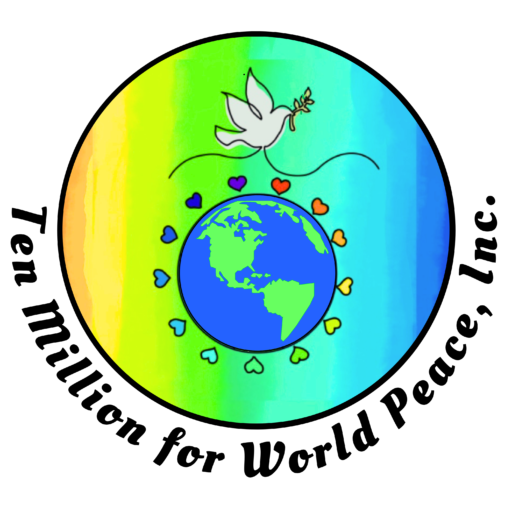Imagine a world where paintings, poems, and stories aren’t just expressions of creativity but also powerful tools for promoting peace on a global scale. Often seen as mere forms of entertainment, art and literature have the remarkable power to bridge gaps, nurture empathy, and bring about positive change in the world.
First, let’s talk about art. You know that feeling when you stand in front of a painting, and it seems to speak to your soul? That’s the universal language of art at work. Whether it’s a vivid canvas or a thought-provoking sculpture, art conveys complex emotions and ideas that words struggle to capture.
Art provides a visual experience that goes beyond cultural differences, allowing people from diverse backgrounds to connect on a deep, human level. It has the power to cause a reaction and elicit a response from the viewer.
On the other hand, literature is the kind of magic that unfolds with the written word. Books, poems, and stories have this incredible ability to transport you to new worlds. They introduce you to characters and situations that challenge your way of thinking.
As you dive into narratives from around the planet, you start to see the world through a variety of lenses. That allows readers to cultivate empathy as well as break down biases and stereotypes.
Challenge How You See the World
But it’s not just about pretty pictures and engaging stories. Art and literature can also be provocateurs. Both challenge the way we see the world and encourage you to think critically.
Artists and authors often tackle tough issues, prompting people to question the norm and consider alternative perspectives. This intellectual engagement creates space for open dialogue, where people can discuss peace, justice, and deeper understanding.
Think about public art installations. They are like giant stages showcasing diverse voices and perspectives. The same is true for literary festivals.
These events become melting pots where people from all walks of life come together to celebrate the richness of human creativity. By highlighting the beauty and differences between people, art and literature inspire individuals to embrace and celebrate diversity rather than fear it.
Catalysts for Change
What’s really fascinating is how art and literature can be catalysts for change. Powerful paintings, moving prose, and impactful poetry can mobilize communities and spark movements dedicated to peace and justice.
Remember Picasso’s “Guernica” protesting the bombing of a town during the Spanish Civil War? Or Harriet Beecher Stowe’s “Uncle Tom’s Cabin,” which played a massive role in the fight against slavery?
Fast forward to today, where artists and writers use their platforms to address contemporary global issues. Thanks to social media, online publications, and multimedia presentations, these messages reach a worldwide audience and contribute to an ongoing dialogue on peace.
For example, initiatives like “Words on Water,” bring poets from conflict zones together to share their experiences through poetry. This type of program offers a powerful reminder of literature’s power to promote cross-cultural understanding.
Collaborations for Peace
And let’s not forget the collaborations between artists and peace organizations. By combining creativity with advocacy, these partnerships amplify voices, raise awareness, and contribute to the development of sustainable peace initiatives.
Art and literature, in the hands of those championing conflict resolution and human rights, become powerful instruments driving positive change.
The next time you find yourself lost in a painting or engrossed in a book, keep this in mind. You’re not just experiencing art and literature; you’re connecting with a global conversation that promotes peace, understanding, and a shared human experience.
In a world often marked by division and conflict, it’s time to celebrate the transformative power of art and literature. Envision a more peaceful and interconnected world where diversity is embraced and honored.

